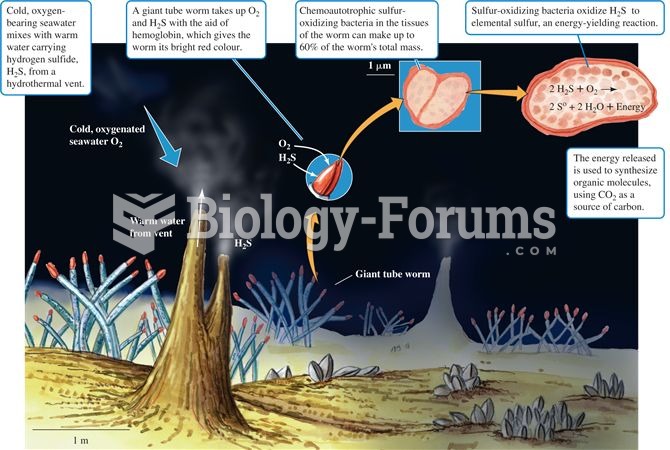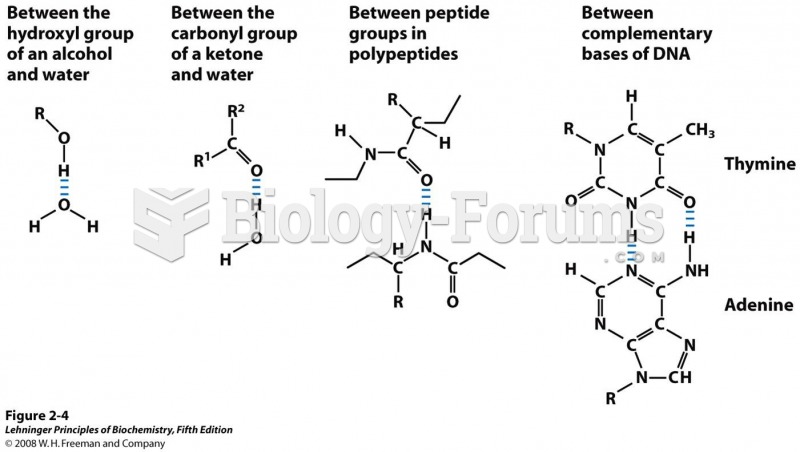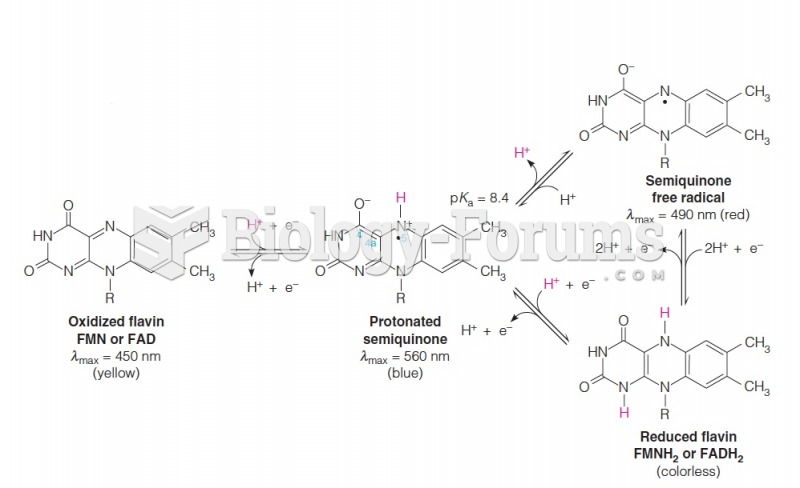The three fusion reactions in the Sun that form helium from hydrogen are together called the
a. proton-proton chain.
b. hydrogen cycle.
c. helium sequence.
d. neutrino exchange.
Question 2
Einstein won the Nobel Prize for explaining
a. general relativity.
b. special relativity.
c. the photoelectric effect.
d. quantum mechanics.
Question 3
A plane parallel plate capacitor has plates of 10 cm2 area that are 1.0 mm apart. At an instant when charge is being accumulated on the plates at a rate of 12 nC/s, the displacement current between the plates is
a. 1.06 1016 A.
b. 1.2 108 A.
c. 8.85 109 A.
d. 1.00 A.
e. 1.36 A.
Question 4
The Sun projects charged particles into space, giving rise to a flow of radiation called the
a. heliosphere.
b. solar wind.
c. corona.
d. chromosphere.
Question 5
Who won the Nobel Prize for explaining the photoelectric effect?
a. Bohr
b. Planck
c. de Broglie
d. Einstein
Question 6
An open circuit consists of a 12 F parallel plate capacitor charged to 200 V and a 10 resistor. At the instant when a switch closes the circuit (with no battery in it) the displacement current between the plates of the capacitor is
a. 1.2 A.
b. 2.4 104 A.
c. 2.4 mA.
d. 10 A.
e. 20 A.
Question 7
The Sun's high-speed charged nuclei and electrons form a fourth phase of matter known as a
a. neutrino.
b. sunspot.
c. plasma.
d. fusion pool.
Question 8
A quantum is a
a. discrete amount.
b. fundamental property.
c. unit of momentum.
d. proton.
Question 9
You can raise the temperature of an object with
a. microwaves.
b. infrared waves.
c. ultraviolet rays.
d. all of the above.
e. only (a) and (b) above.
Question 10
What is the name of the Sun's outermost solar atmosphere, which can be seen during a solar eclipse?
a. Solar wind
b. Heliosphere
c. Photosphere
d. Corona
Question 11
Which of these colors of light has photons of lowest energy?
a. Yellow
b. Green
c. Blue
d. Violet
Question 12
At every instant the ratio of the magnitude of the electric to the magnetic field in an electromagnetic wave in vacuum is equal to
a. the speed of radio waves.
b. the speed of light.
c. the speed of gamma rays.
d. all of the above.
e. only (a) and (b) above.
Question 13
The sunspot cycle has a period of
a. 19 years.
b. 11 years.
c. 38 years.
d. 24 years.
Question 14
Which of these colors of light has photons of lowest energy?
a. Blue
b. Green
c. Yellow
d. Violet
Question 15
Magnetic fields are produced by
a. constant electric currents.
b. electric currents that vary sinusoidally with time.
c. time-varying electric fields.
d. all of the above.
e. only (a) and (b) above.
Question 16
The Sun is a
a. moon.
b. galaxy.
c. planet.
d. star.
Question 17
Which of these colors of light has photons of lowest energy?
a. Blue
b. Green
c. Yellow
d. Red
Question 18
Two identical silver spheres of mass m and radius r are placed a distance R (sphere 1) and 2R (sphere 2) from the sun respectively. The ratio of the gravitational force exerted by the sun on sphere 1 to the pressure of solar radiation on sphere 1 is T1; the ratio for sphere 2 is T2 . The ratio of T2 to T1 is
a. 0.25.
b. 0.50.
c. 1.0.
d. 2.0.
e. 4.0.
Question 19
The Sun's energy is generated from the fusion of
a. uranium to form lead, Pb.
b. helium nuclei to form carbon nuclei.
c. hydrogen nuclei to form helium nuclei.
d. carbon nuclei to form magnesium nuclei.
Question 20
What is the energy of a photon with a frequency of 5.2 1014 Hz?
a. 3.4 10-19 J
b. 1.3 10-20 J
c. 0.8 10-20 J
d. 0.3 10-21 J
Question 21
Two identical silver spheres of mass m and radius r are placed a distance R (sphere 1) and 2R (sphere 2) from the sun respectively. The ratio of the pressure of solar radiation on sphere 2 to that on sphere 1 is
a. 0.25.
b. 0.50.
c. 1.0.
d. 2.0.
e. 4.0.
Question 22
The temperature of the Sun's interior is estimated to be about how many kelvins?
a. 1500
b. 15 million
c. 5 billion
d. 60,000
Question 23
Calculate the frequency in hertz of photons of light with energy of 8.10 10-19 J.
a. 0.82 1014 Hz
b. 0.82 1015 Hz
c. 1.22 1015 Hz
d. 1.22 1014 Hz
Question 24
In the atmosphere, the shortest wavelength electromagnetic waves are called
a. microwaves.
b. infrared waves.
c. ultraviolet waves.
d. X-rays.
e. gamma rays.
Question 25
It is not true that the neutrino
a. is an elementary particle.
b. interacts extensively with other particles.
c. has no electric charge.
d. travels at or near the speed of light.
Question 26
Which of these colors of light has photons of greatest energy?
a. Red
b. Orange
c. Green
d. Yellow
Question 27
The intensity of radiation reaching the earth from the sun is 1 350 W/m2 . The earth's radius is 6.4 106 m. How big a force does this radiation exert on the earth? (Assume it is all absorbed.)
a. 5.8 108 N
b. 1.2 109 N
c. 2.3 109 N
d. 4.6 109 N
e. 1.7 1017 N
Question 28
Patches of cooler material on the Sun's surface are called
a. flares.
b. prominences.
c. cool spots.
d. sunspots.
Question 29
Which of these colors of light has photons of greatest energy?
a. Violet
b. Red
c. Blue
d. Yellow
Question 30
High frequency alternating current is passed through a solenoid that contains a solid copper core insulated from the coils of the solenoid. Which statement is correct?
a. A copper core remains cool no matter what the frequency of the current in the solenoid is.
b. The copper core remains cool because the induced emf is parallel to the solenoid axis and fluctuates rapidly.
c. The copper core heats up because an emf parallel to the solenoid axis is induced in the core.
d. The copper core heats up because circular currents around its axis are induced in the core.
e. The copper core heats up because the electric field induced in the copper is parallel to the magnetic field produced by the solenoid.
Question 31
The Sun's photosphere is, by mass, about 25
a. helium.
b. carbon.
c. hydrogen.
d. oxygen.
Question 32
Which of these colors of light has photons of greatest energy?
a. Green
b. Red
c. Blue
d. Yellow
Question 33
A solar cell has a light-gathering area of 10 cm2 and produces 0.2 A at 0.8 V (DC) when illuminated with S = 1 000 W/m2 sunlight. What is the efficiency of the solar cell?
a. 16
b. 7
c. 23
d. 4
e. 32
Question 34
The Sun's photosphere is, by mass, about 75
a. helium.
b. carbon.
c. hydrogen.
d. oxygen.
Question 35
The greater the frequency of light, the greater the ______________ of its photons.
a. velocity
b. speed
c. wavelength
d. energy
Question 36
What should be the height of a dipole antenna (of dimensions 1/4 wavelength) if it is to transmit 1200 kHz radiowaves?
a. 11.4 m
b. 60 cm
c. 1.12 m
d. 62.5 m
e. 250 m
Question 37
The Sun is
a. a self-luminous sphere.
b. energized by nuclear fusion.
c. a plasma.
d. all of the above.
Question 38
According to Planck's hypothesis, the energy of an oscillator is directly proportional to its
a. amplitude.
b. wavelength.
c. momentum.
d. frequency.
Question 39
An FM radio station broadcasts at 98.6 MHz. What is the wavelength of the radiowaves?
a. 60.8 m
b. 6.08 m
c. 3.04 m
d. 0.314 m
e. 0.33 cm
Question 40
By definition, the universe consists of
a. all energy only.
b. all space only.
c. all matter only.
d. all of the above.
Question 41
The number of electrons in an atom of an element is the same as the element's
a. atomic number.
b. period number.
c. mass number.
d. group number.
Question 42
Green light has a wavelength of 5.4 107 m. What is the frequency of this EM-wave in air?
a. 5.55 1014 Hz
b. 6.00 1011 Hz
c. 9.00 108 Hz
d. 3.00 1010 MHz
e. 1.80 1015 Hz
Question 43
An extremely large collection of stars bound together by gravitational attraction and occupying a huge volume of space is called a _______________.
a. planetary nebula
b. solar system
c. universe
d. galaxy
Question 44
Addition of an electron to an atom leaves a
a. neutron.
b. positive ion.
c. free quark.
d. negative ion.
Question 45
Find the frequency of X-rays of wavelength 1 = 1010 m.
a. 3 1018 Hz
b. 3 1010 MHz
c. 6 109 Hz
d. 3 108 Hz
e. 3 1020 Hz
Question 46
Clusters containing clusters of galaxies are called _______________.
a. superclusters
b. galactic clusters
c. universe clusters
d. quasar clusters
Question 47
Removal of an electron from an atom leaves a
a. neutron.
b. positive ion.
c. free quark.
d. negative ion.
Question 48
What is the maximum radiation pressure exerted by sunlight in space (S = 1350 W/m2) on a highly polished silver surface?
a. 1.4 102 Pa
b. 0.12 Pa
c. 9.0 106 Pa
d. 4.5 105 Pa
e. 2.3 106 Pa
Question 49
The cluster of galaxies that includes our Milky Way is called the _______________.
a. Local Group
b. universe
c. solar system
d. Milky Cluster
Question 50
Aristotle's continuous model of matter was proved wrong about 1807 by
a. Bohr.
b. Thomson.
c. Dalton.
d. Rutherford.
Question 51
What is the maximum radiation pressure exerted by sunlight in space (S = 1350 W/m2) on a flat black surface?
a. 2.25 105 Pa
b. 0.06 Pa
c. 7 104 Pa
d. 4.5 106 Pa
e. 9.0 106 Pa
Question 52
The letters LMC refer to the galaxy named _______________.
a. Light Magellanic Collection
b. Large Magellanic Collection
c. Large Magellanic Cloud
d. Light Magellanic Cloud
Question 53
Atomic physics deals mainly with phenomena involving which particles in atoms?
a. Quarks
b. Protons
c. Electrons
d. Neutrons
Question 54
At a distance of 10 km from a radio transmitter, the amplitude of the E-field is 0.20 volts/meter. What is the total power emitted by the radio transmitter?
a. 10 kW
b. 67 kW
c. 140 kW
d. 245 kW
e. 21 kW
Question 55
Our home galaxy is called _______________.
a. M31
b. the solar system
c. the Milky Way
d. Andromeda
Question 56
The development of physics since about 1900 is called
a. neoclassical physics.
b. Newtonian physics.
c. classical physics.
d. modern physics.
Question 57
How much electromagnetic energy is contained in each cubic meter near the Earth's surface if the intensity of sunlight under clear skies is 1000 W/m2?
a. 3.3 106 J
b. 3.3 J
c. 0.003 J
d. 104 J
e. 3.0 105 J
Question 58
Another name for a pulsar is _______________.
a. neutron star
b. black hole
c. quasar
d. red giant
Question 59
The plum pudding model of the atom is associated with
a. Bohr.
b. Rutherford.
c. Dalton.
d. Thomson.
Question 60
A 100-kW radio station emits EM waves in all directions from an antenna on top of a mountain. What is the intensity of the signal at a distance of 10 km?
a. 8 105 W/m2
b. 8 106 W/m2
c. 3 103 W/m2
d. 0.8 W/m2
e. 2.5 105 W/m2
Question 61
A Type II supernova can form a _______________ or a black hole.
a. neutron star
b. red giant
c. white dwarf
d. planet
Question 62
The billiard ball model of the atom is associated with
a. Bohr.
b. Thomson.
c. Rutherford.
d. Dalton.
Question 63
Find the force exerted by reflecting sunlight off a reflecting aluminum sheet in space if the area normal to the sunlight is 10000 m2 and the solar intensity is 1350 W/m2.
a. 0.72 N
b. 0.09 N
c. 9 N
d. 45 N
e. 0.18 N
Question 64
A point in the universe where the density of matter and the gravitational field are theoretically infinite is called a _______________.
a. singularity
b. duality
c. prominence
d. photon
Question 65
Who discovered the nucleus of the atom in 1911?
a. Thomson
b. Rutherford
c. Dalton
d. Bohr
Question 66
If the maximum E-component of an electromagnetic wave is 600 V/m, what is the maximum B-component?
a. 1.4 T
b. 1.8 105 T
c. 2.0 106 T
d. 1.0 103 T
e. 1.6 1010 T
Question 67
The surface of a black hole is known as the _______________.
a. core
b. corona
c. photosphere
d. event horizon
Question 68
Who discovered the electron in 1897?
a. Dalton
b. Bohr
c. Rutherford
d. Thomson
Question 69
If the radiant energy from the sun comes in as a plane EM wave of intensity 1340 W/m2, calculate the peak values of E and B.
a. 300 V/m, 104 T
b. 1 000 V/m, 3.35 106 T
c. 225 V/m, 1.60 103 T
d. 111 V/m, 3.00 105 T
e. 711 V/m, 2.37 106 T
Question 70
The cataclysmic explosion of a star that throws most of its matter into space is called a _______________.
a. supernova
b. solar flare
c. solar blast
d. novaton
Question 71
The ancient Greek who is known for championing the concept of atom was named ______________.
a. Democritus
b. Socrates
c. Plato
d. Zeus
Question 72
The Earth is 1.49 1011 meters from the sun. If the solar radiation at the top of the Earth's atmosphere is 1340 W/m2, what is the total power output of the sun?
a. 7.10 1027 W
b. 2.20 1030 W
c. 6.62 1026 W
d. 3.74 1026 W
e. 2.98 1025 W
Question 73
An incredibly dense star so massive that light cannot escape from its surface is called a _______________.
a. red giant
b. black hole
c. white dwarf
d. pulsar
Question 74
The voltage in a house is measured to be 122.5 V. What is the current drawn by a 75.0-W light bulb?







